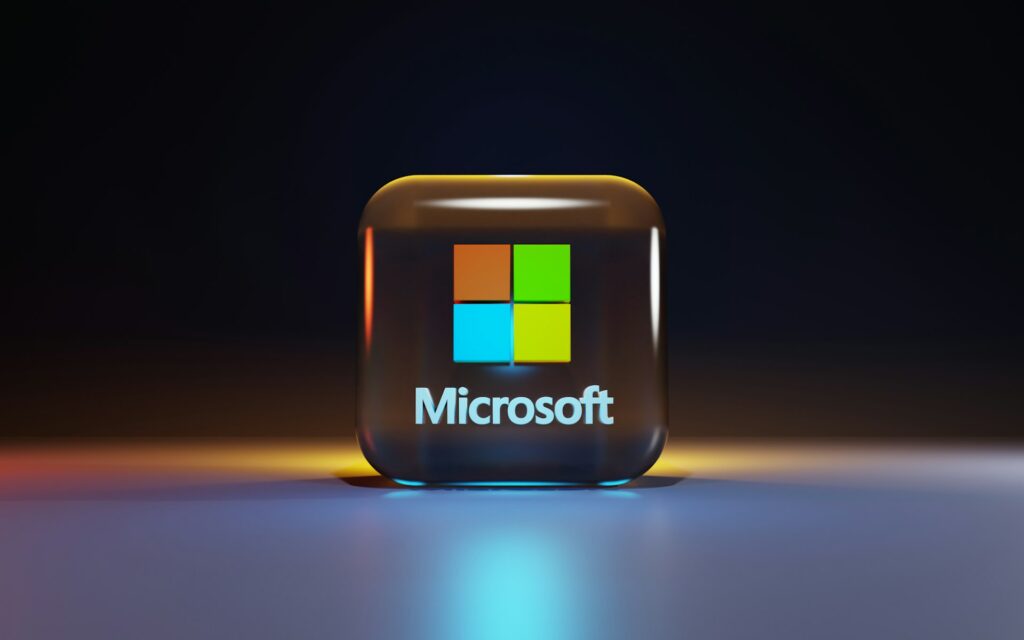A Comprehensive Guide on Installing Windows Media Center in Windows 10
James August 25, 2025
A Comprehensive Guide on Installing Windows Media Center in Windows 10
Windows Media Center, a feature beloved by many Windows users, was discontinued by Microsoft in Windows 10. However, for those nostalgic users who miss the functionality and convenience it offered, there’s good news. With a bit of effort and the right tools, you can bring back Windows Media Center to your Windows 10 system. This comprehensive guide will walk you through the step-by-step process of installing Windows Media Center on Windows 10, allowing you to enjoy the familiar media management and playback features.
Before You Begin:
Before diving into the installation process, it’s essential to note that the following steps involve third-party tools and tweaks. Ensure that you have a reliable backup of your system, and proceed at your own risk. Additionally, these methods may not be officially supported by Microsoft, and future updates to Windows 10 may impact the functionality.
Step 1: Check System Requirements
Before attempting to install Windows Media Center, make sure that your Windows 10 system meets the necessary requirements. The system requirements are generally modest, but it’s crucial to ensure compatibility for a smooth installation process.
Step 2: Download Windows Media Center
To install Windows Media Center on Windows 10, you’ll need to download the necessary files. Several community-driven projects have emerged to revive Windows Media Center, and one of the popular options is the “Windows Media Center Installer” tool. Visit a trusted website or forum where the tool is available and download the installer.
Step 3: Run the Installer
Once the Windows Media Center Installer tool is downloaded, locate the file and run it. Follow the on-screen instructions provided by the installer to initiate the installation process. The tool will automate many of the steps required to bring back Windows Media Center to your Windows 10 system.
Step 4: Configure Settings
After the installation is complete, take the time to configure the settings according to your preferences. This may include setting up your media library, adjusting playback settings, and customizing the appearance of Windows Media Center to suit your taste.
Step 5: Test and Troubleshoot
To ensure that Windows Media Center is functioning correctly, test various features such as live TV playback, media library organization, and recording functionality. If you encounter any issues, refer to the documentation provided by the tool’s developers or community forums for troubleshooting tips.
Step 6: Stay Informed about Updates
Since the methods used to install Windows Media Center on Windows 10 involve third-party tools, it’s essential to stay informed about updates and developments. Check the official website or community forums regularly for any updates or patches that may enhance the stability and compatibility of Windows Media Center on your Windows 10 system.
While Microsoft may have officially retired Windows Media Center in Windows 10, the enthusiast community has stepped in to provide solutions for those who miss its features. By following this comprehensive guide, you can bring back Windows Media Center and enjoy its media management and playback capabilities on your Windows 10 system. Remember to exercise caution, back up your data, and stay informed about updates to ensure a smooth and enjoyable experience with Windows Media Center.




